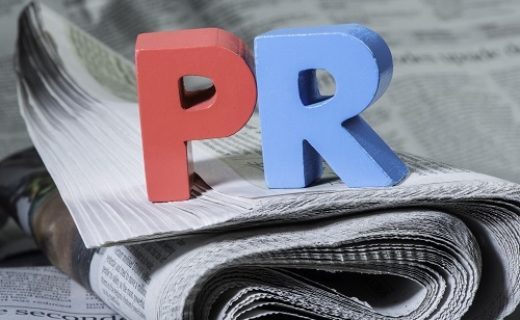Major retail companies understand the link between their brand identities and their corporate success. That’s why companies like Nike, Walmart, Volvo, and Coca Cola are so protective of their brands. They have a compact with their customers and continued success depends on fulfilling their brand promise by delivering a consistent brand experience.
The same is certainly true of public sector entities. While state agencies are not often in the business of sales, they all have a mission to accomplish. They, too, have a brand promise to deliver and a target audience that wants what they offer, if they convey it in clear, compelling terms
1. Relate to mission and be authentic. A good brand is not what you want to be when you grow up. It’s what you truly are, today. For public entities, the lesson here is to stay close to your mission and make that the heart of your brand. While you may have acquired an assortment of responsibilities over the years, your brand should hone in on your primary purpose. Hopefully, this is something you do very well, since it’s central to your existence.
2. Create a consistent brand experience. A brand promise is the guarantee that you will get what you expect from a brand encounter each and every time. If Walmart’s brand is built on low prices, it can’t frequently be undersold. If Apple is selling its brand based on innovation, it needs to regularly bring new, innovative products to market. Similarly, if a public entity wishes to build its brand as a fiscal watchdog, it had better avoid lavish expenditures.
3. Connect with your audience’s needs and wants. Effective branding exists at the intersection of what your organization really is and what your target audiences really want. People relate to corporate brands because those brands reflect something customers perceive they are or aspire to be, whether it’s eco-friendliness, social consciousness, thriftiness, security or a sense of being hip. Successful companies don’t succeed by forcing things on people who don’t want them. Similarly, public entities should evaluate their brands in light of the needs of their stakeholders. What do various audiences want from your agency? Or what do they need and not even know you offer? The place where your mission overlaps with your target audiences’ greatest needs or wants is where you should focus your brand.
4. Differentiate yourself. You aren’t the only game in town. Even if you are a government agency, chances are there are alternatives to what you offer. In some cases, the competition may not be another entity but simply apathy and inaction. A successful brand draws distinctions between itself and the competition.
5. Know when to update your brand. Retailers understand the importance of updating a brand when their branding has grown stale, when it no longer conveys the essence of the company, or when it no longer resonates with customers. Similar, public entities should evaluate their brands periodically and ask themselves if the brand is still effective in conveying the central value proposition its audiences need to hear.





